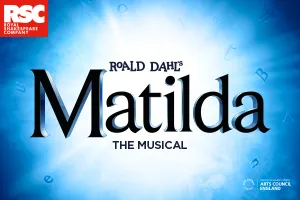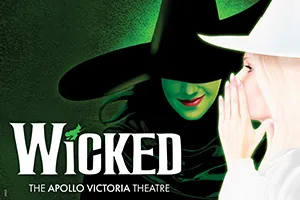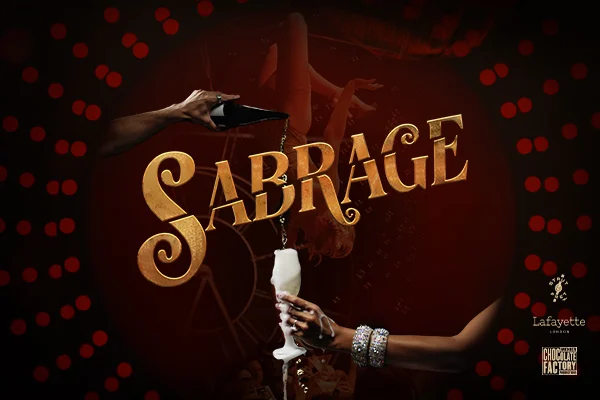Queen Margaret of Anjou is back from the dead and she is angry. 'Sooo angry.' Specifically with that ‘white dude’ Shakespeare for portraying her (‘non-consensually’) in the history plays Henry VI, Part 1–3, and Richard III as so evil that she makes Lady Macbeth look like a kitten. She’s been demonised as the ‘She Wolf of France’ ever since. But now, writer and performer Gillian English has brought Margaret back to life in the 21st century (where she’s pleased to discover ‘sports bras’, ‘fitbits’, and a lot ‘more women’s products’) so she can tell the real story behind the series of plays that it would be more accurate to call ‘Queen Margaret and the F**king Patriarchy I, II and III.’
A witty re-interpretation of Shakespeare’s Queen Margaret seen through the lens of the #MeToo era
Reading from a folder entitled ‘Shit Shakespeare put in my mouth,' English’s Queen Margaret performs some of the most famous speeches Shakespeare wrote for her character, before deconstructing each of them to reveal the ‘real’ Margaret. She starts with Shakespeare’s portrayal of the young Margaret as a seductress, when in actual fact she was only 15 when she was married off to the King of England. She isn’t the youngest Shakespeare heroine though – Juliet was only 13 when she hooked up with Romeo (‘where were the social workers in fair Verona?’ asks English). This leads to an entertaining aside about Disney Princesses and the age of consent – who knew that Jasmine from Aladdin was only 15 when her father tried to marry her off to the evil Jafar, or that Snow White was even younger (14) when she took a bite out of that infamous apple? As English’s Margaret says, ‘that’s so gross!'
According to English though, Margaret’s real troubles started after she became the Queen of England, had a son (after seven years of trying which, of course, was all her fault) and her husband fell into a catatonic trance, making him as useful as a human ‘pickle’. Women weren’t allowed to rule back then of course, so a series of men tried to fill the power vacuum and strip Henry of the Crown. Margaret was having none of it. Determined her son should inherit the Crown, she fought back, leading to Shakespeare’s representation of her as power-hungry and warmongering (she is shown to be single-handedly responsible for causing the War of the Roses, for example). By the time we reach Richard III, she is in full-blown ‘Mean Girl’ mode, tormenting Queen Elizabeth with a 32-line speech of non-stop insults. However, as English points out, this was an extremely early example of ‘fake news’ - Margaret wasn’t even in the country then, she was exiled in France!
The parallels with contemporary times become more and more apparent as the show progresses and English’s Margaret becomes more and more angry (unsurprisingly – as well as having to put up with all the ‘shit’ Shakespeare has put in her mouth, she was buried in the French town of Angers meaning she is ‘literally buried in anger’). Unfortunately, nothing has changed in the 550 years since Queen Margaret reigned (or tried to). According to English, women in power are faced with an impossible conundrum: they are either ‘too feminine’ (meaning they are weak and incompetent) or they are ‘not feminine enough’ (so they are monstrous and untrustworthy). Even worse, they (along with most women) are rarely allowed to tell their own story in their own words. As English says when she commences her monologue, ‘like all women’s stories, it will be constantly interrupted by a man who thinks he can tell it better.’ English’s show is a witty re-interpretation of Shakespeare’s Queen Margaret seen through the lens of the #MeToo era. However, its more serious purpose is to dismantle the myths surrounding powerful women and to reveal the truth. As Margaret angrily concludes, ‘There’s no such thing as alternative facts - the truth matters!’



















